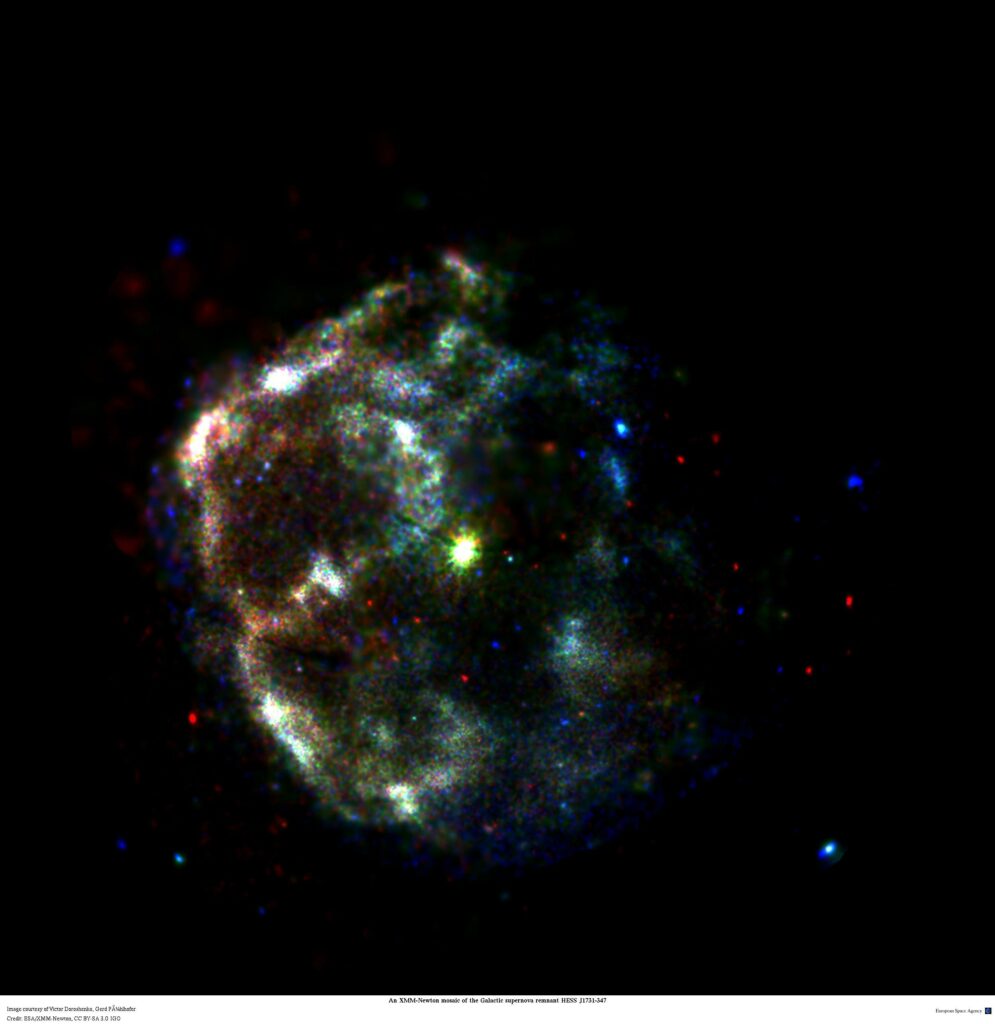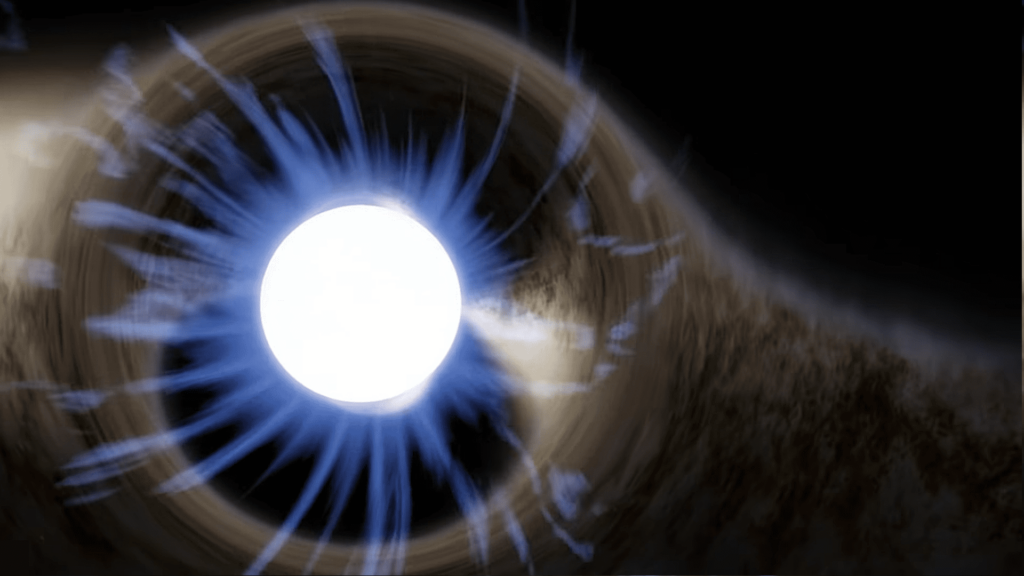A team of German astronomers announced the discovery of an abnormally “light” neutron star. Its mass is significantly less than theoretical expectations. According to scientists, in fact, the object may be the first candidate for a quark star.
Mystery of the supernova remnant
The discovery was made during the study of the supernova remnant HESS J1731-347. Astronomers were able to detect periodic pulses of X-ray radiation emitted by it. This led them to the idea that a compact object was hiding in its center. Subsequent observations confirmed this assumption.

Initial estimates showed that HESS J1731-347 is located at a distance of about 10 thousand light-years from Earth. In this case, the mass of the compact object in the center of the supernova remnant fits into the theoretical limits for neutron stars. However, the researchers managed to find a second object in HESS J1731-347. This is an ordinary star that is coming to the end of its life cycle.
The discovery of an ordinary star allowed astronomers to use the Gaia Observatory to re-estimate the distance to HESS J1731-347. It turned out that it is located at a distance of only 8.1 thousand light-years from Earth. In turn, this means that the compact object has a noticeably smaller mass than originally thought. According to recent estimates, it is only 77% of the mass of the Sun (with a body diameter of 10.4 km), which is 60-70% lower than this indicator for other neutron stars.
An abnormally “light” neutron star or the first quark star?
According to existing theoretical models, the minimum possible mass of a neutron star is approximately 1.1 times the mass of the Sun. The object in the center of HESS J1731-347 is much smaller than this indicator. If we exclude the measurement error, this opens up two possibilities. The first is that the theories describing the nature of neutron stars are incomplete and need to be improved.

The other possibility is much more intriguing. Perhaps the object in HESS J1731-347 is actually a quark star consisting of so-called quark-gluon plasma. Theoretical models allow the formation of such exotic objects, but so far their existence is only a hypothetical probability.
According to the researchers, they intend to continue studying HESS J1731-347 to better understand its nature. This will allow them to make significant progress in uncovering the mysteries of the structure of exotic objects in the Universe.
According to https://www.sciencealert.com
Follow us on Twitter to get the most interesting space news in time
https://twitter.com/ust_magazine

